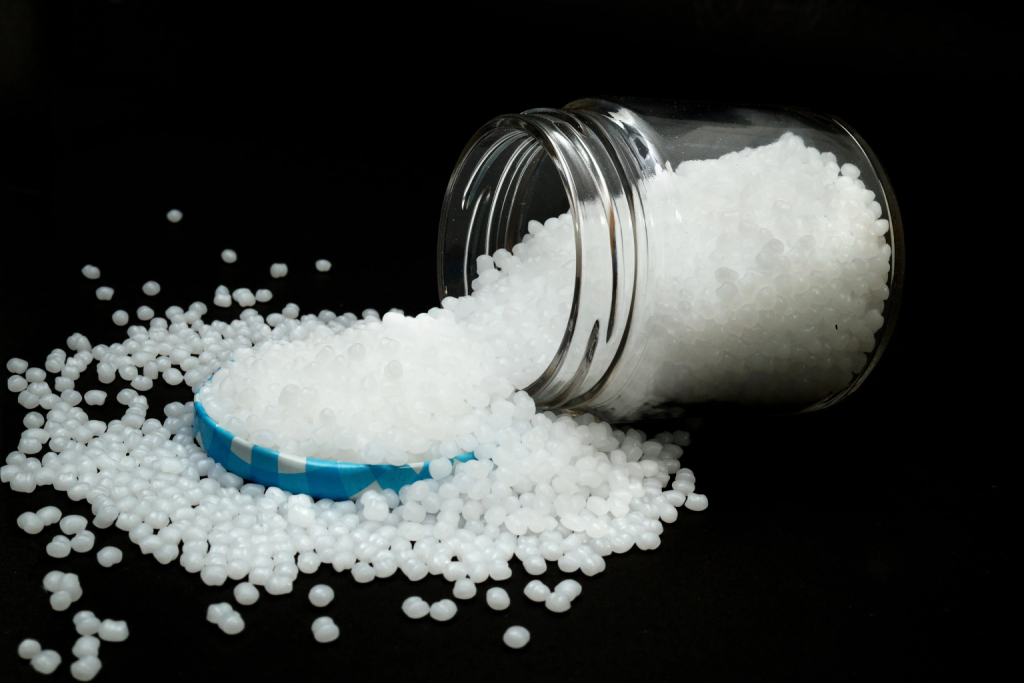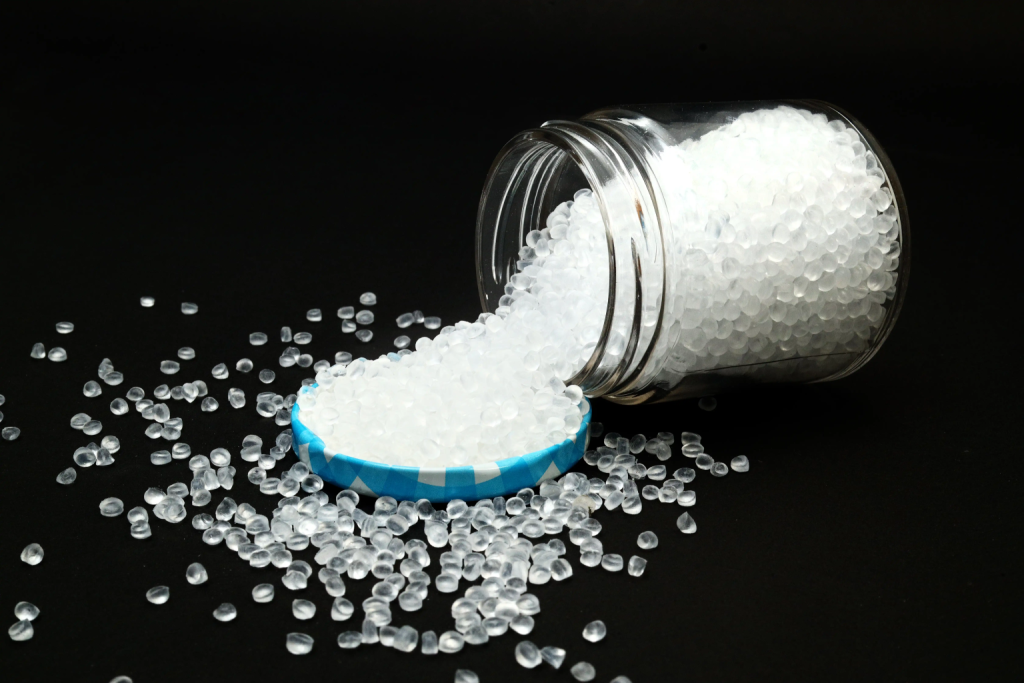Polypropylene (PP)

Polypropylene (PP) is a thermoplastic polymer known for its versatility, chemical resistance, stiffness, and ease of processing. Produced through polymerizing propylene monomers—using techniques like gas-phase, bulk, or solution polymerization—PP is a lightweight, durable material that can be molded into various forms.
One of PP’s key advantages is its strong resistance to chemicals, making it ideal for applications exposed to acids, bases, and organic solvents. It also offers excellent durability, withstanding fatigue, impact, and stress cracking, which makes it suitable for products that demand strength and resilience.
PP is also easily processed through methods like injection molding, extrusion,
and blow molding. It can be colored and given various finishes, allowing for flexibility in design. Additionally, PP is more affordable than some other thermoplastics, such as polycarbonate or nylon, which adds to its appeal.
Despite its strengths, PP has limitations, such as lower UV resistance and limited thermal stability. Under prolonged high temperatures, it may deform, which can restrict its use in certain high-heat applications.
In summary, PP is a widely used, cost-effective material with valuable properties—especially for applications requiring chemical resistance, stiffness, and toughness.

Polypropylene (PP) is a thermoplastic polymer known for its versatility, chemical resistance, stiffness, and ease of processing. Produced through polymerizing propylene monomers—using techniques like gas-phase, bulk, or solution polymerization—PP is a lightweight, durable material that can be molded into various forms.
One of PP’s key advantages is its strong resistance to chemicals, making it ideal for applications exposed to acids, bases, and organic solvents. It also offers excellent durability, withstanding fatigue, impact, and stress cracking, which makes it suitable for products that demand strength and resilience.
PP is also easily processed through methods like injection molding, extrusion, and blow molding. It can be colored and given various finishes, allowing for flexibility in design. Additionally, PP is more affordable than some other thermoplastics, such as polycarbonate or nylon, which adds to its appeal.
Despite its strengths, PP has limitations, such as lower UV resistance and limited thermal stability. Under prolonged high temperatures, it may deform, which can restrict its use in certain high-heat applications.
In summary, PP is a widely used, cost-effective material with valuable properties—especially for applications requiring chemical resistance, stiffness, and toughness.
Benefits of Polypropylene (PP)

Lightweight

Good Electrical Insulation

Recyclable
One stop solution for polymers
Supplying high-quality polymers to fuel your business success!
Get in touch with us today to discover more about our premium polymer supplies!










